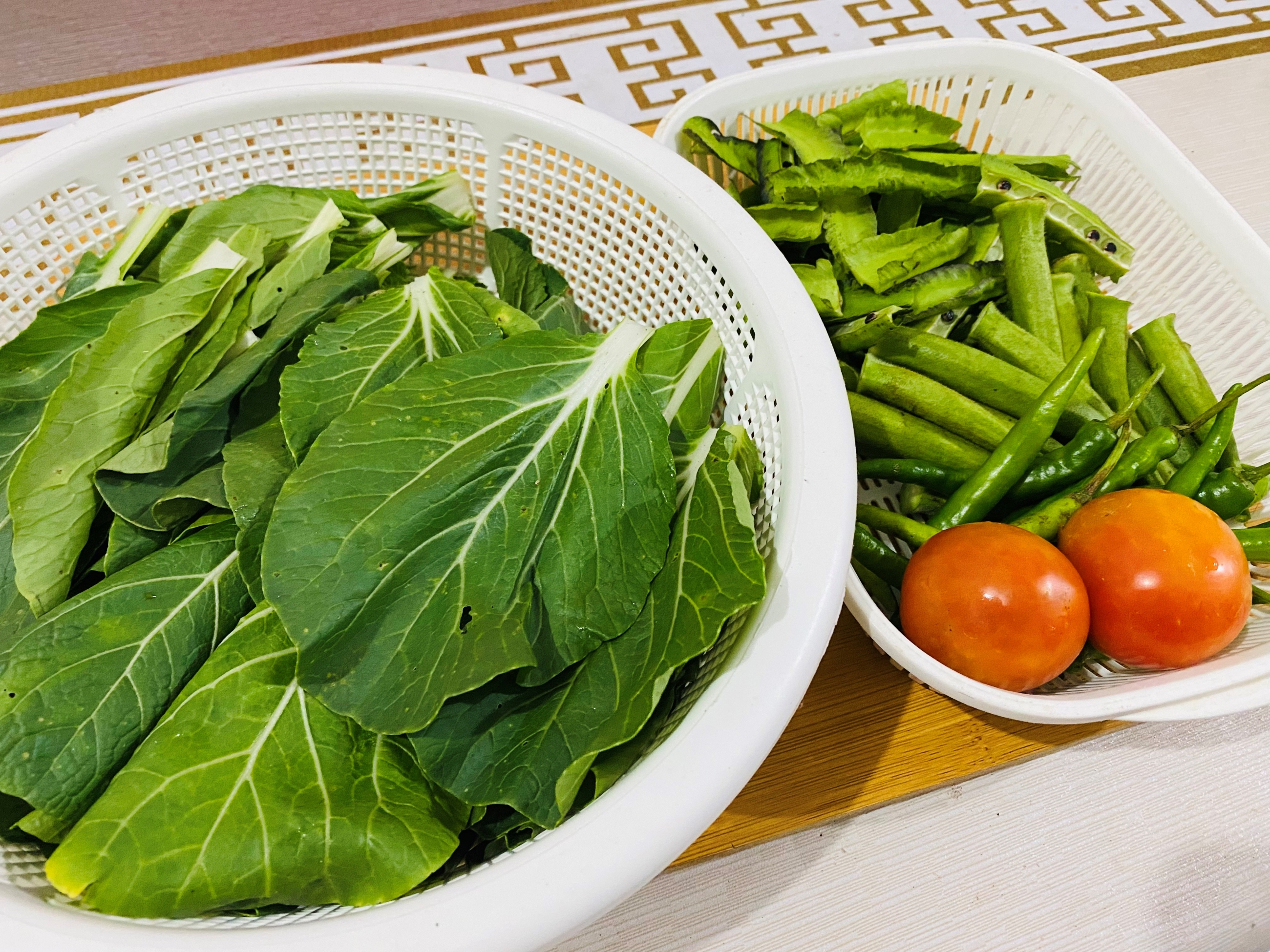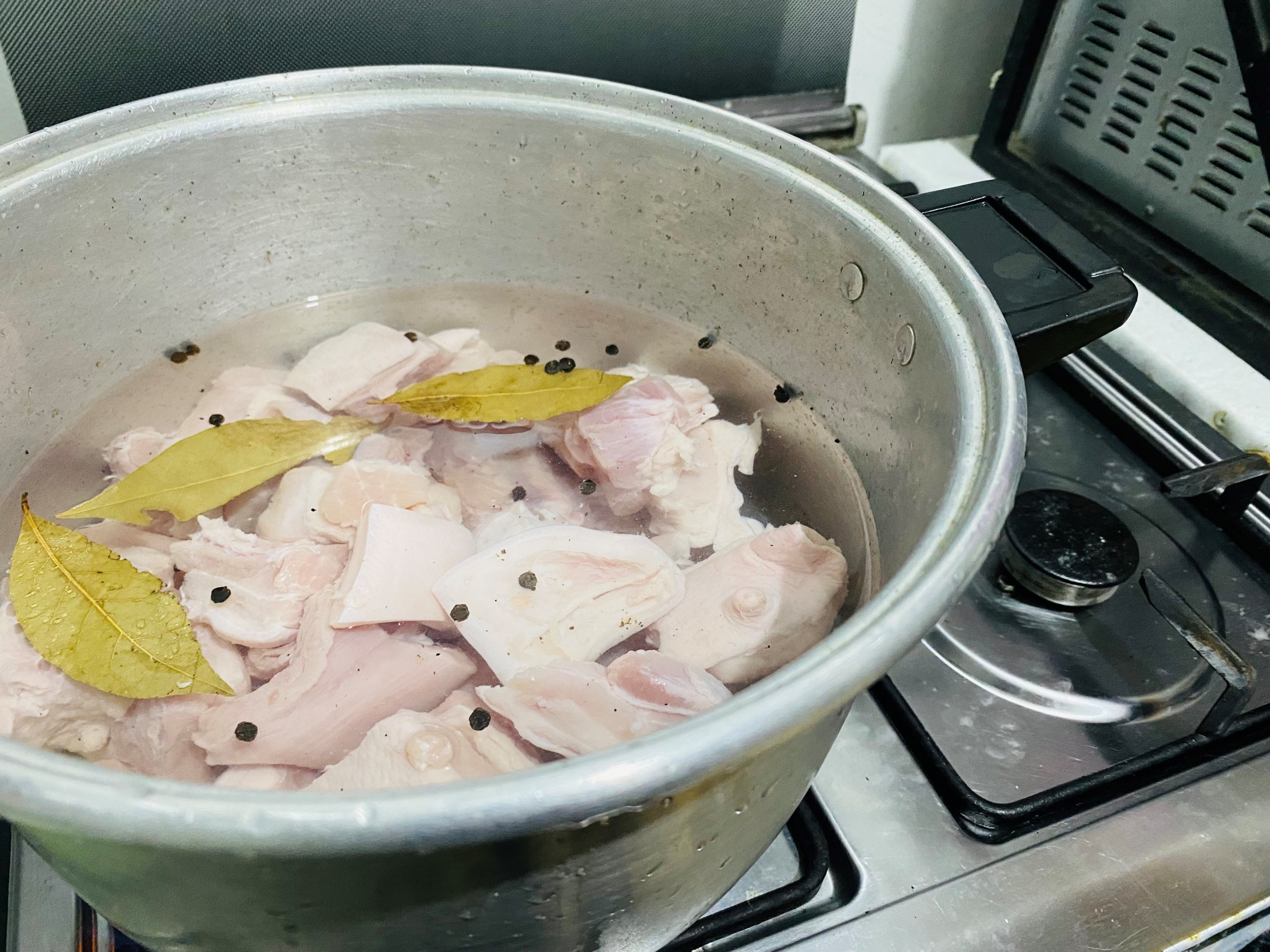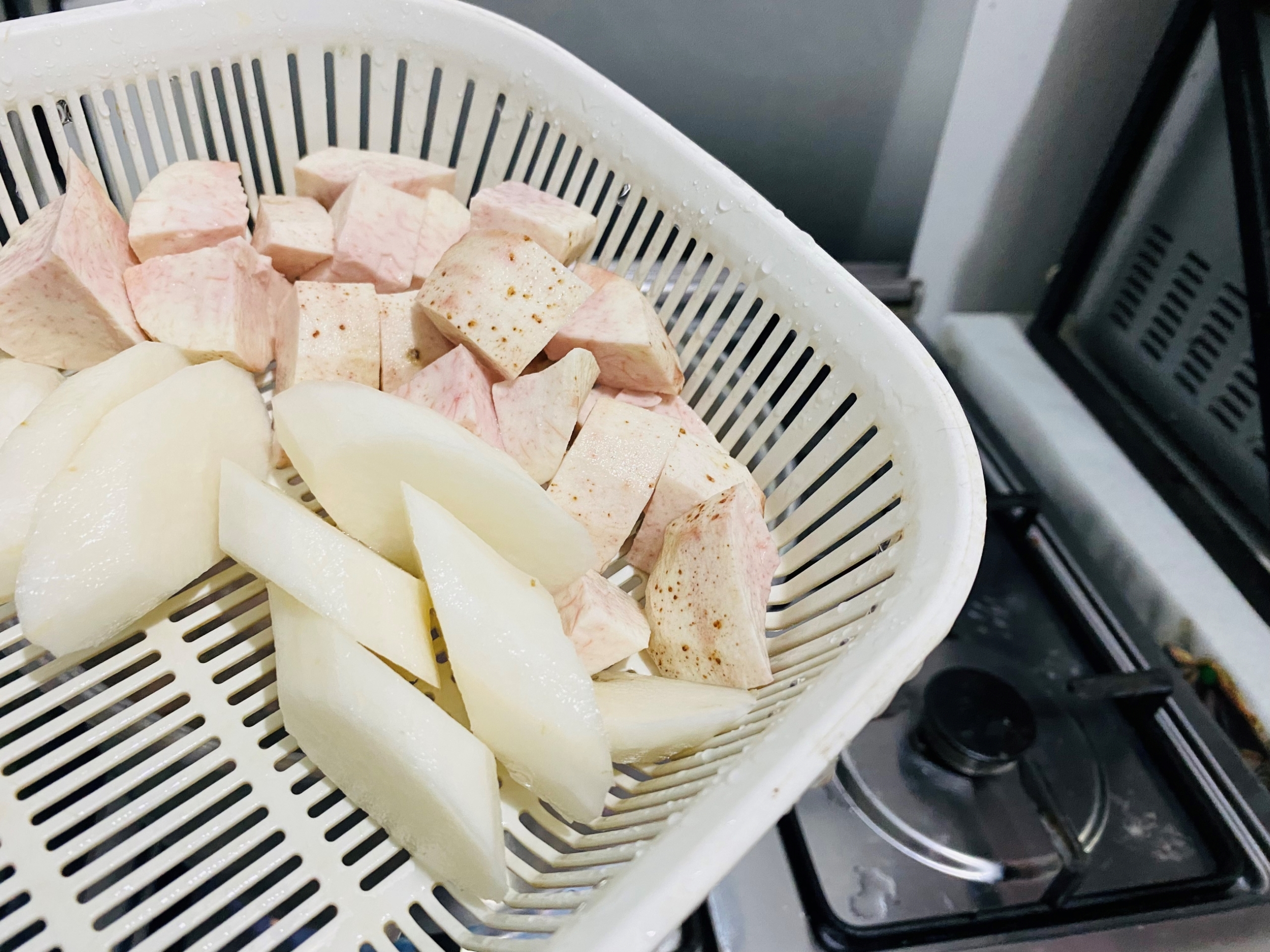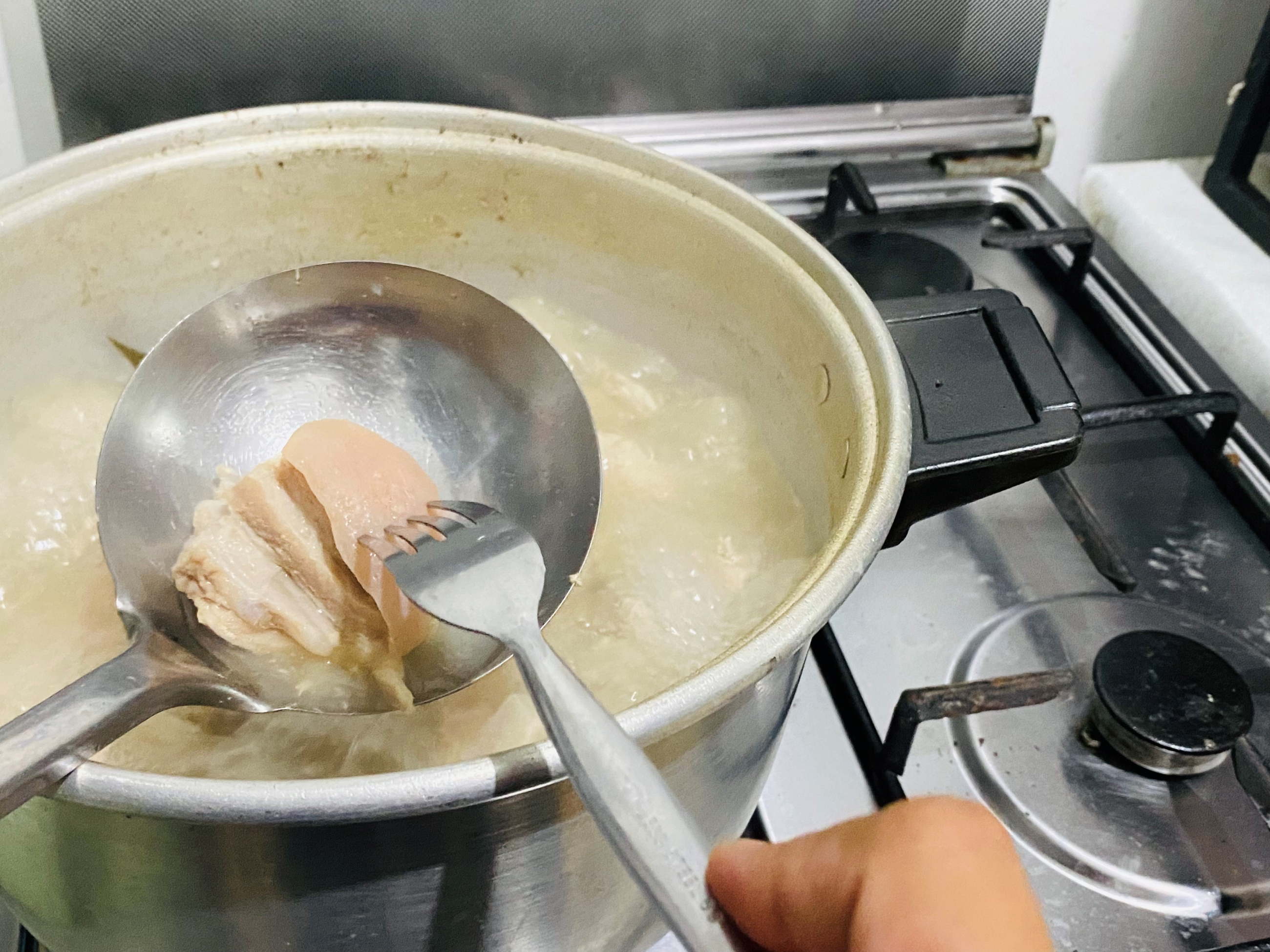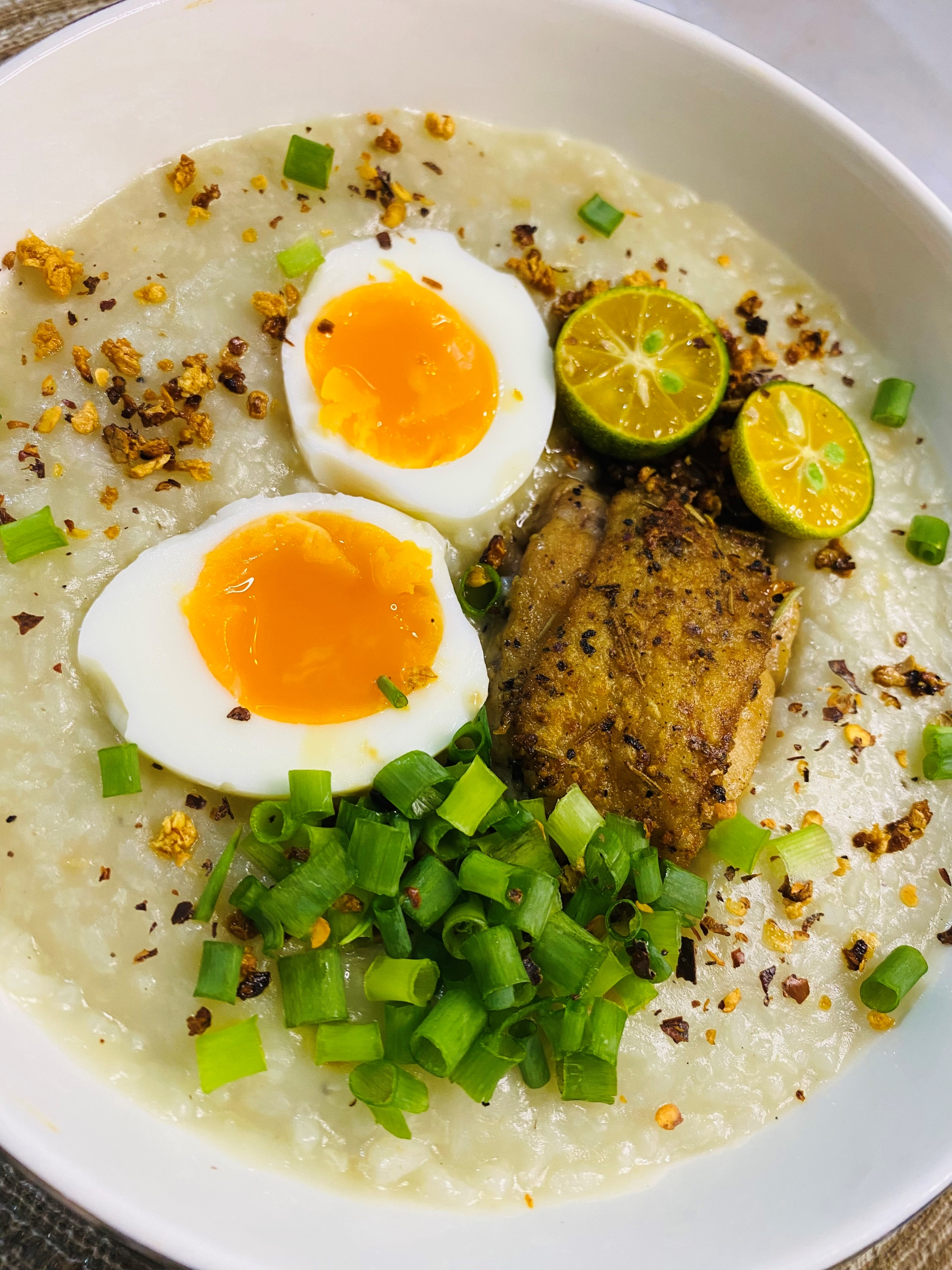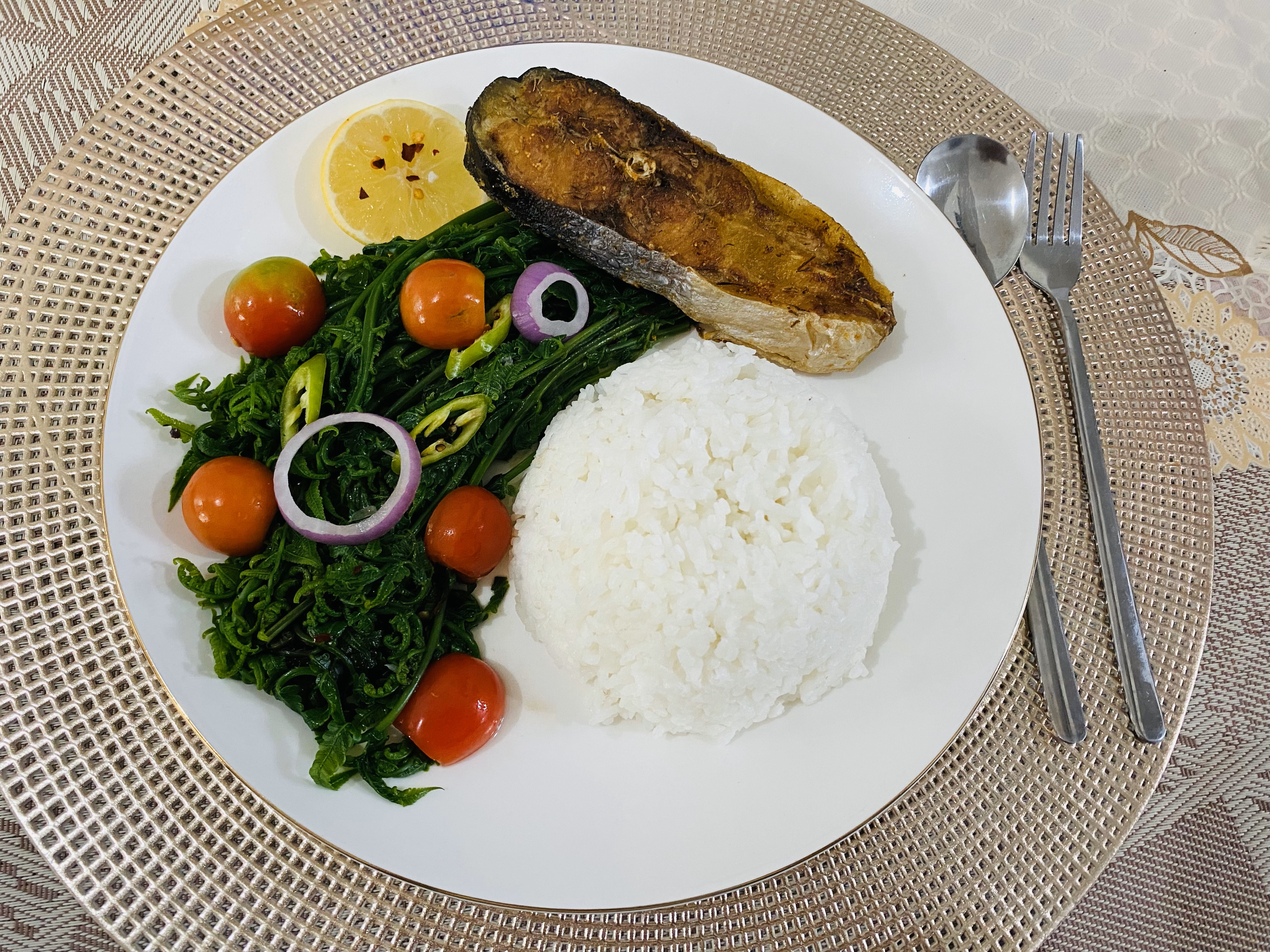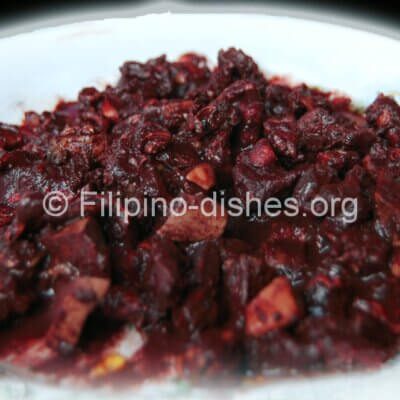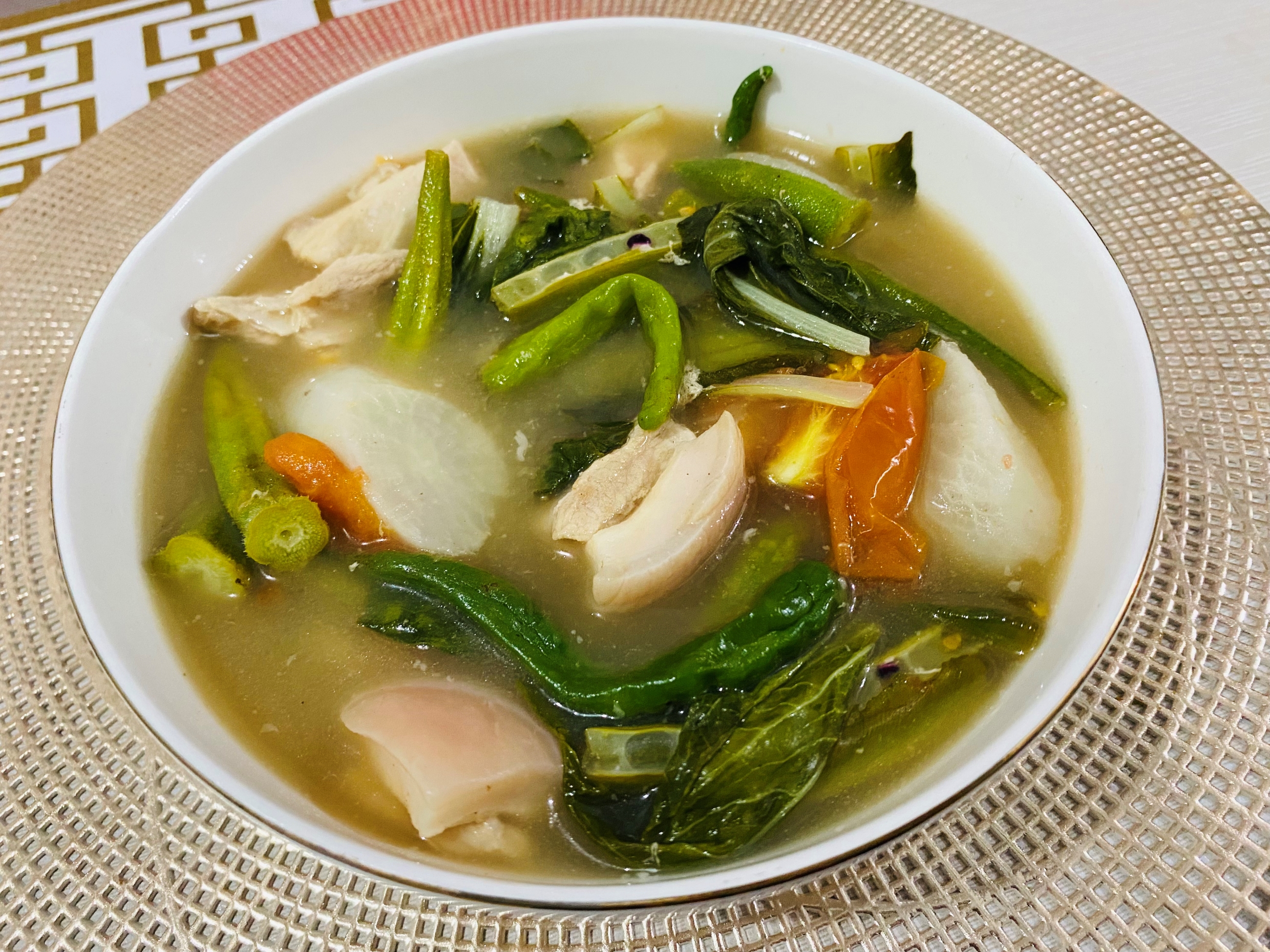
Pork Sinigang Recipe
Pork Sinigang is a beloved Filipino soup celebrated for its savory and tangy tamarind broth, tender pork, and a medley of fresh vegetables, delivering a comforting and flavorful dining experience..
Ingredients
-
1 kg Pork BellyCut in even portions
-
1 medium piece Taro RootPeeled and sliced
-
1 medium piece RadishPeeled and sliced
-
200 g OkraHead and ends removed, sliced
-
200 g Winged BeansCleaned and cut
-
100 g Green Chili Pepper
-
2 large pieces Tomatoessliced
-
200 g Pechay Leaves.Washed and roots removed
-
1 pack for 1 L Tamarind Powder/Sinigang Mix(can be replaced by real tamarind or other fruits)
-
1 large piece Red OnionCut into quarters
-
5 cloves GarlicPeeled and pounded
-
5 pieces Bay Leaves
-
Whole Black Pepper
-
1 tablespoon SaltAdjust to your preference
Directions
Welcome Kabayan to our website dedicated to the beloved Filipino dish, Pork Sinigang! Explore the rich flavors of this savory and tangy tamarind-based soup, filled with tender pork and fresh vegetables. Discover recipes, tips, and variations of this classic comfort food that’s a staple in Filipino households.
Pork Sinigang is one of the most iconic dishes in Filipino cuisine, cherished for its distinctive sour broth that creates a perfect balance with savory, hearty flavors. This traditional Filipino soup or stew is often made with tender pork, simmered until it becomes juicy and flavorful. The broth is primarily soured by sampalok (tamarind), a fruit native to the Philippines, giving the dish its signature tartness. However, regional and household variations also incorporate souring agents such as kamias (bilimbi), guava, or calamansi, each contributing a unique twist to the dish’s overall flavor profile.
In addition to the pork and souring agent, pork sinigang is usually prepared with an assortment of vegetables like kangkong (water spinach), sitaw (long beans), labanos (radish), gabi (taro), eggplant, and tomatoes. These vegetables enhance the nutritional value and add various textures to the dish, making it a wholesome and satisfying meal.
What sets pork sinigang apart is its flexibility—each family or region might add its local ingredients, reflecting the diversity of Filipino culture. While tamarind is the most common souring agent, some regions add tropical fruits like mango or pineapple for a different layer of sourness. Similarly, variations of pork sinigang might incorporate seafood or beef depending on what’s available or preferred.
The sour and umami flavors of pork sinigang make it a versatile dish that can be enjoyed all year round. During colder months, it offers warmth and comfort, while in the heat, the tangy broth is refreshing and light. Traditionally served with a heaping portion of steamed white rice, sinigang is more than just a meal—it’s a nostalgic dish that brings families together at the dining table, evoking memories of home and tradition.
For Filipinos, pork sinigang isn’t just a dish—it’s a cultural experience. Whether eaten in humble homes or served on festive occasions, it remains a testament to the Filipino palate, which thrives on bold, tangy, and savory flavors. Its long-standing presence in Filipino cuisine represents not only the resourcefulness of the people in using local ingredients but also their love for comforting, flavorful meals shared with loved ones.
Recipe Reviews
Ingredients
| 1 kg Pork Belly | |
| 1 medium piece Taro Root | |
| 1 medium piece Radish | |
| 200 g Okra | |
| 200 g Winged Beans | |
| 100 g Green Chili Pepper | |
| 2 large pieces Tomatoes | |
| 200 g Pechay Leaves. | |
| 1 pack for 1 L Tamarind Powder/Sinigang Mix | |
| 1 large piece Red Onion | |
| 5 cloves Garlic | |
| 5 pieces Bay Leaves | |
| Whole Black Pepper | |
| 1 tablespoon Salt |





